Gerbera a Flowering Plant Cuts Indoor Pollution
Isn’t it nice to know that you can Gerbera a flowering plant cuts indoor pollution? A lovely flower beautified by multi-colors not only brings brightness to your home but keeps it free of pollutants. Mother Nature has provided this flowering plant with a unique nature of absorbing gasses and pollutants that are harming our health and environment. Amazing! Such plants are known as hyperaccumulators. And surprisingly, Gerbera flowering plant cuts indoor pollution without poisoning themselves. What a nice way to adorn a home with Gerbera flowers!
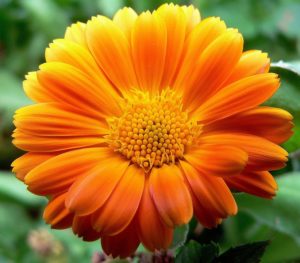
A beautiful Gerbera with its lovely petals is an anti-pollutant plant
Common indoor pollutants
Some 14 sources of pollution that cause impurity and acts as toxins and reach indoors are:
- Carbon monoxide- Smoke from industry
- Formaldehyde from draperies, furniture
- Biological sources
- Tobacco smoke
- Trichloroethane, benzene
- Organic gases-household products; paints, cleaning agents, perfumes, shampoos
- Cooking stove emission
- Pesticides sprays
- Nitrogen dioxide
- Respiratory contaminants
- Radon- radioactive gas from building materials
- Fine gaseous dirt from outside
- Poor ventilation
- And many, many
Need of Light for Gerbera-an indoor plant
Plants like Gerbera growing indoor has enough brightness for normal growth. Indirect light and the partially shaded situation would be best. Good humidity level is preferred. The light intensity differs from plant to plant and is often measured in laymen’s term by candlelight. Low light plants require 50 to 250 candles. Roughly 50 light candles are equal to 628 lumens or about 45 watts. If your indoor is dark and as a balance of red and blue light is important you may prefer to use a 30 Watt incandescent light. So you can imagine how little light is required. However, I would suggest, experimenting on your own how your chosen Gerbera and where in your house it is the best performing.
Gerbera a Flowering Plant Cuts Indoor Pollution efficiently
Isn’t it nice to know that you can Gerbera flowering plant cuts indoor pollution? A lovely flower beautified by multi-colored flowers not only brings brightness to your home by keeps it free of pollutants. Mother Nature has provided plants with a unique nature of absorbing gasses and pollutants that are harmful tour health and environment. Amazing! Such plants are known as hyperaccumulators. And surprisingly, these plants like Gerbera cuts indoor pollution without poisoning themselves. What a nice way to adorn a home with a flowering plant.
How Gerbera Flowering Plant Cuts Indoor pollution?
As we keep these in mind, in this small section let us focus on the benefits of the beautiful Gerbera that can keep your home environment clean. NASA with other 9 houseplants has identified that Gerbera a flowering plant cuts air pollution unconditionally. As all plants, during photosynthesis, Gerbera belonging to the Asteraceae family of the plant kingdom. The parts of the plant can take in benzene and trichloroethylene from the air along with carbon dioxide necessary for photosynthesis. The roots also take part in absorbing toxic materials through the root system. The enzymatic mechanisms in plant tissue destroy the toxins in a process called Phytoremediation.
What is Phytoremediation?
To define Phytoremediation, it is the use of the solar energy used by plants to remediate soils, sludge containing organic and inorganic wastes residues in water and open surfaces. The roots of such plants release exudates that help in the photo remedial process (more in a future post). Gerbera daisies also have the extra benefit of liberating more oxygen than other houseplants. So people suffering from breathing disorders can place Gerbera plants in and around the bedroom to a great relief.
How many plants are enough per area of space?
According to NASA experiments a 6-inch plant to filter a 100 sq. ft. area of common household contaminants or volatile organic compounds (VOCs). About 10 plants would be enough for a moderately sized home. Or more precisely, of your 1800 sq ft. home 10 houseplants in 6-8 inch pots should be perfect (NASA study). You can mix and match your plantation with Golden Pothos, snake plants, white lily. (Read Houseplants— Healthohappiness.com) to bring variety and colors.
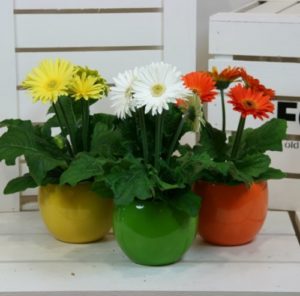
Gerbera a flowering plant need moderate light and good for indoors
Other Benefits of Gerbera flower
The beautiful flowering plant also has medical benefits. The parts of the plant are used for making medicines to treat a cough and cold, rheumatism. Gerbera is a source of natural color used in cosmetic products and extracts are used for flavoring food. Gerbera not only cuts indoor toxins but also serves as food for birds, insects and garden animals. Gerbera is loved by butterflies and bees that roam around and help in pollination.
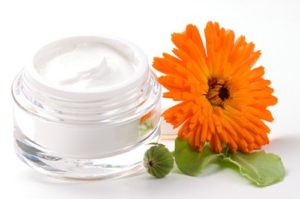
Moisturizing face cream and fresh Gerbera flower
Be Happy and healthy as Gerbera a Flowering Plant Cuts Indoor Pollution
Life is all about health and happiness in the environment you live in. Pollution today is a matter of a real headache. The fact that Gerbera a flowering plant cuts indoor pollution can be a peaceful feeling for a healthy life.
More on Houseplants: Air Pollution— 9 Houseplants that improve home environment Healthohappiness.comhttp://homeguides.sfgate.com/bees-pollinate-daisies-66137.html


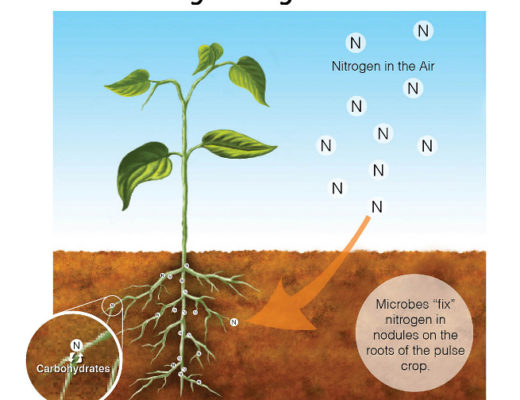

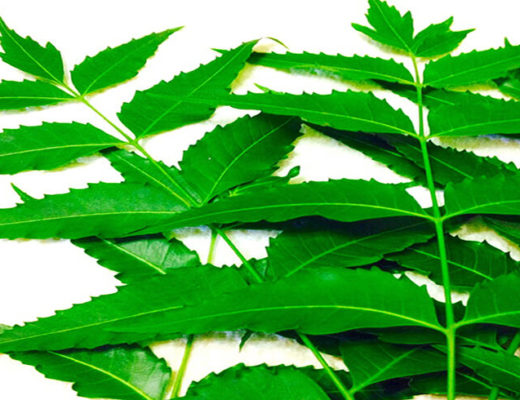
No Comments